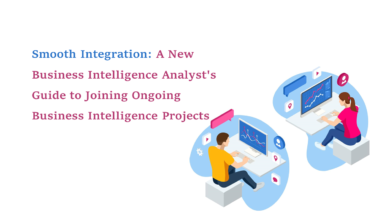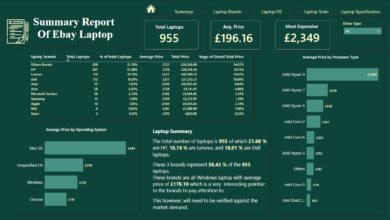Closing the Gap between Data and Business: The 5 Key Area to Focus

The modern business world is heavily dependent on data, closing the gap between data and business is essential to business profitability.
Organizations collect, store, and analyze large amounts of data to make informed decisions, improve operations, and stay ahead of their competitors.
However, despite the importance of data, there remains a significant gap between the data and the business, hindering the full potential of data to drive growth and success.
The gap between data and business can manifest in several ways, let’s talk about them.
Silos: Data often exists in isolated silos within an organization, making it difficult for different departments to access and share the information they need.
Data Quality: Poor quality data can lead to inaccurate insights and decision-making, causing organizations to miss out on opportunities or make costly mistakes.
Technical Skills: Many employees lack the technical skills required to analyze and interpret data effectively, leading to a gap between those who have access to data and those who can use it.
Data Governance: Without proper data governance, data can become fragmented, inconsistent, and unreliable, making it difficult for organizations to gain insights and make decisions.
To dive deeper into data governance George at Lights On Data is an award winning data governance expert.
In order to close the gap between data and business, organizations must adopt a strategic and comprehensive approach.
Here are some key steps that organizations can take to close the gap between data and business:
Establish a Data-Driven Culture
Creating a data-driven culture is a crucial first step in closing the gap between data and business.
This means making data accessible, understandable, and actionable for everyone in the organization.
To achieve this, organizations must educate their employees about the importance of data and provide training on it.
Improve Data Quality
Poor quality data is one of the biggest drivers of the gap between data and business.
To improve data quality, organizations must implement data governance processes to ensure that data is accurate, consistent, and reliable.
This includes implementing data validation, standardization, and cleansing processes.
Effective data transformation is at the heart of enforcing business rules.
This article Easily Transform Data Using Pandas and Regular Expression gives you insight on how to combine two of the most powerful tools in data transformation.
To help improve data quality, your business needs to invest in the right technology.
Invest in Data Analytics Tools and Technologies
Investing in data analytics tools and technologies can help organizations turn data into actionable insights.
This includes tools for data visualization, machine learning, and predictive analytics, as well as data management and storage systems.
These technologies help bridge the gap between data and business and make data more accessible and usable for everyone in the organization.
This leads us to the next point; collaboration between data and business team.
Foster Collaboration between Data and Business Teams
Collaboration between data and business teams is essential for closing the gap between data and business.
This involves creating cross-functional teams that bring together data analysts and business leaders to work on projects and initiatives that leverage data to drive business outcomes.
By working together, data and business teams can ensure that data is being used in a way that is relevant and meaningful to the business.
This is where Business Intelligence team or department comes handy, however, to setup a BI department could be capital intensive for small businesses.
If your business needs a consulting company that will take care of all your Business Intelligence needs at a very affordable price without compromise on quality, the guys at Primedsoft are the best in what they do.
Implement Data-Driven Decision Making
Data-driven decision making is critical for closing the gap between data and business.
This means using data to inform and support business decisions, rather than relying on intuition or past experience.
To achieve this, organizations must encourage a data-driven culture and empower employees with the right data and tools to make informed decisions.
Conclusion
Closing the gap between data and business is a critical challenge for organizations in the modern business world.
By following the outlined steps, organizations can turn data into a strategic asset that drives growth, innovation, and success.
By creating a data-driven culture, improving data quality, investing in data analytics tools and technologies, fostering collaboration, and implementing data-driven decision making, organizations can ensure that they are making the most of the data they collect and turn it into a competitive advantage.





